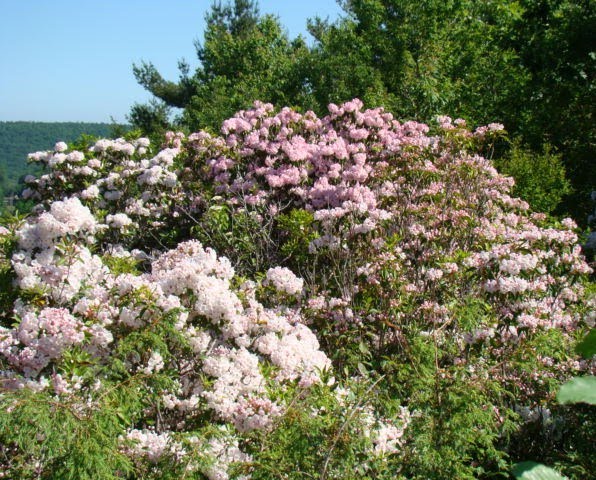
General Information
Common Lilac is an upright deciduous shrub introduced to North America from southern Europe. They serve as a good wind break or screen when planted in a row or in masses. When planted in this manner, their dense, low growth provide good protection from the wind and serve as cover for birds and other wildlife. But Common Lilac is known first and foremost for its highly fragrant flowers that bloom in May.
Plant Habit and Form
Common Lilac grows 8 to 15 feet tall and 6 to 12 feet wide. It can have a leggy shape with an irregular silhouette that loses its lower branches after some years but retains a crown of foliage. The 2- to 5-inch simple, opposite leaves are ovate to broad-ovate in shape and dark green.
Growing Requirements
Common Lilac grows best in soil with a neutral pH but full of rich, organic matter such as leaf mould and peat. It is hardy in zones 3 to 7. It is a remarkably resilient, tough, long-lived shrub.

Flowering and Fruiting
Common Lilac boasts large panicles of fragrant purple flowers at the ends of its branches. The shrubs fill the May garden with perfume. Following the flowers, smooth 1/2 inch, beaked capsules form at the ends of the branches.
Pests and Diseases
Despite being bothered by powdery mildew, aphids, scale and lilac borer, the Common Lilac persists seemingly unbothered by any of these liabilities.
ID Tips
Opposite leaf arrangement, beaked capsules, large panicles of fragrant purple flowers.

